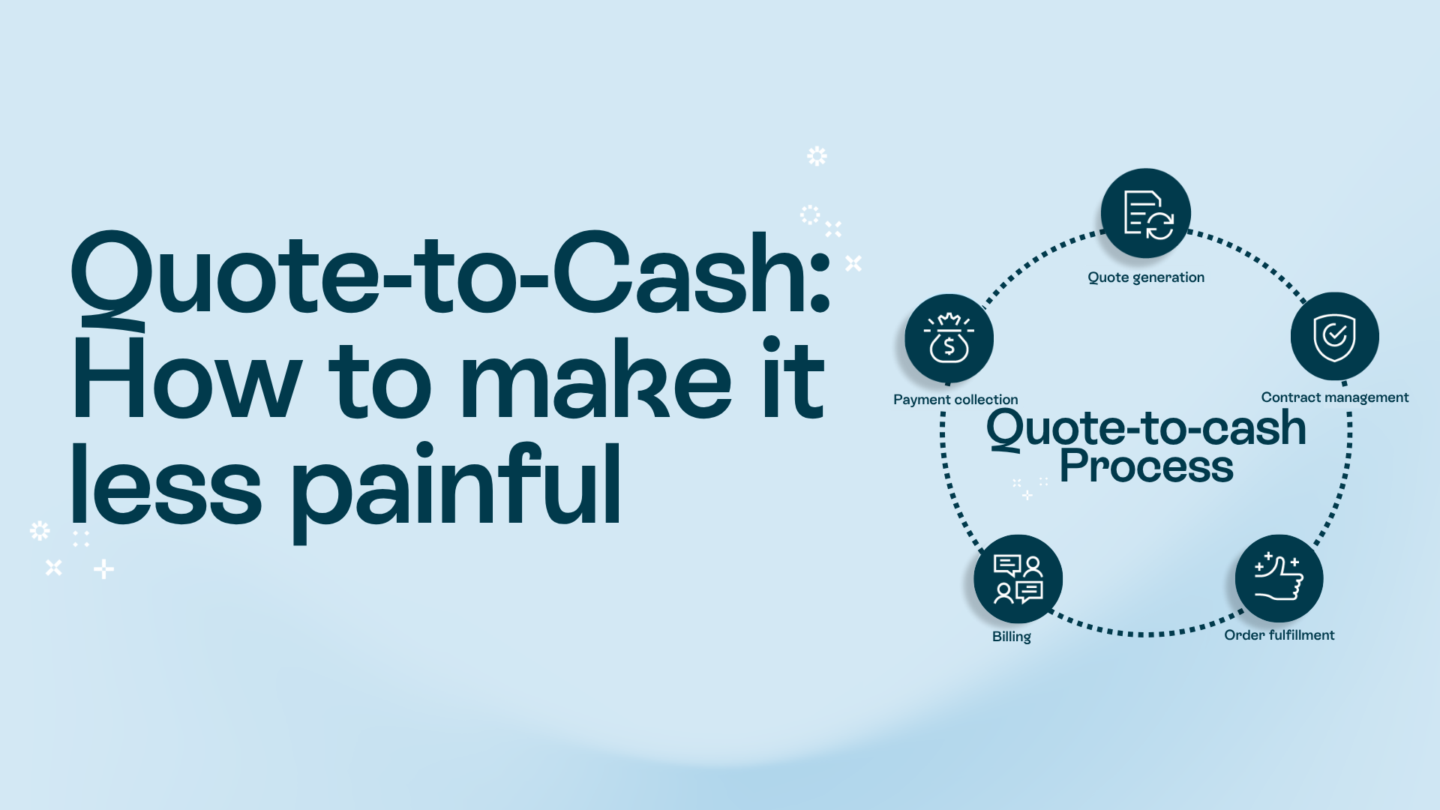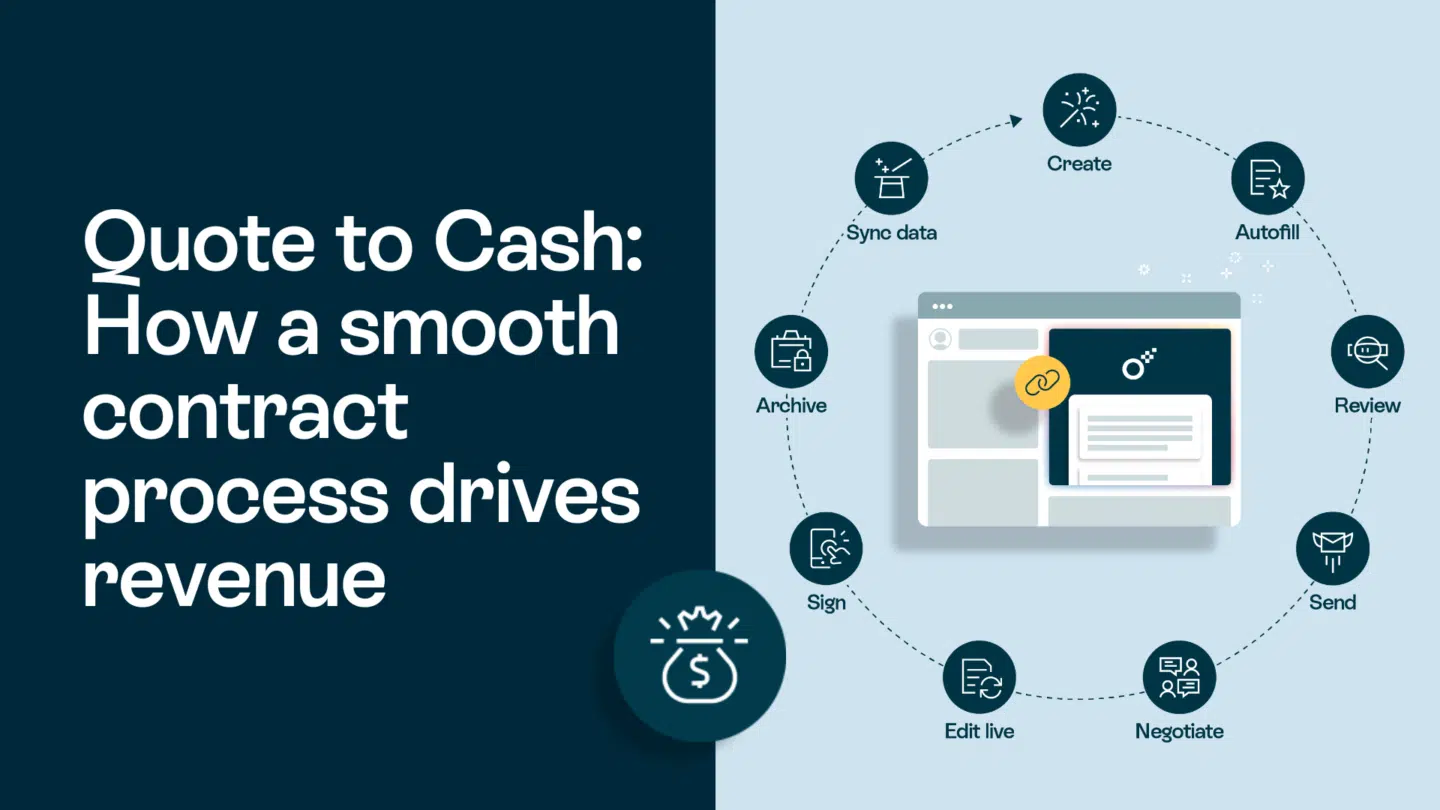Customer churn is a problem in any industry, but particularly in B2B SaaS. B2B SaaS, in fact, relies on customers coming back month after month, renewing plans and subscriptions consistently. Customer retention is therefore crucial for the SaaS business model to work. A high churn rate slashes revenue and can stunt business growth.
In order to tackle customer churn properly, you need to dive deep into your marketing and sales funnels. Here, we’ll go into how you can build B2B SaaS marketing funnels that attract highly qualified leads, create a great customer journey, and nurture continuous engagement throughout the customer’s lifetime.
What makes a SaaS marketing funnel different?
SaaS marketing has all the challenges of conventional marketing: finding potential customers, nurturing them through to conversion, building marketing strategies that compete, and so on. But there’s an extra challenge: retention.
Customer retention is important for any business. Re-converting a current customer has a much, much lower customer acquisition cost than bringing in a brand-new customer. But non-SaaS businesses aren’t totally reliant on retention in the way that SaaS businesses are.
So, a B2B SaaS marketing funnel will focus intensively on the Retention stage. Some SaaS businesses take this so seriously that they split the Retention stage into three: Nurturing, Retention, and Upgrading. These three ideally feed into one another in a continuous loop.

The 5 stages of a SaaS marketing funnel
Let’s take a look at the stages of a B2B SaaS marketing funnel, which are essential for effective marketing operations:
1. Awareness
At the awareness stage, potential customers become aware of your product. Often, Awareness is driven by advertising materials and social media posts. If you have loyal customers who are willing to advocate for you, you can quickly zoom your leads through this part of the sales process.
2. Interest
If Awareness goes well, your potential customers will become interested. You can build interest by showing leads how your product can be of value to their business. Product demos and testimonials are useful for this.
3. Consideration
During Consideration, your leads will weigh up the pros and cons of subscribing to your software. At this funnel stage, it’s important that your marketing campaigns are as personalized and targeted as possible.
4. Conversion
Conversion is the bottom of traditional funnels. This is the stage at which your marketing efforts pay off and you acquire a brand new customer. But don’t get complacent! Even for traditional marketing, it’s important to nurture customers beyond conversion. For B2B SaaS marketers, continued nurturing is absolutely essential.

5. Retention
This is where SaaS marketing takes a big step away from traditional marketing.
While customer retention and loyalty are important for any business, they are especially important for SaaS. To be profitable, SaaS companies rely on their customers coming back month after month.
So, the ‘retention’ stage of a SaaS funnel is crucial. A marketing budget for SaaS will typically put a lot more into retention efforts than other budgets would because this is the part that’s really vital for SaaS to succeed.
Strictly speaking, the ‘retention’ part of the funnel for SaaS businesses is more of a multi-part loop including Nurturing, Retention/Renewal, and Upgrading:
- Nurturing is all about keeping the customer engaged. It involves things like personalization, good customer service, and building relationships with customers.
- Renewal is pretty self-explanatory. At this stage of the funnel, the customer ideally renews their subscription.
- Upgrading won’t happen every time your customer goes round this loop, but when upgrades are available it’s definitely something you should encourage. Whether it’s upgrading their subscription tier or downloading actual software upgrades, upgrading doesn’t just bring in more revenue for you. It also gives the customer a better experience and makes them feel more invested in their subscription.
How to optimize B2B SaaS marketing funnel to reduce churn
So, how can you build a B2B SaaS marketing funnel that slashes churn, boosts your conversion rate, and maintains a great user experience? Let’s take a look:
Review current funnel to identify where customers are churning
If your churn rate is already higher than it should be, you need to work out where your funnel is leaking. As well as the general Customer Churn Rate metric, there are other key metrics you can use to help here, including:
- Lead-to-conversion rate. This will show you how many people enter your funnel compared to how many people make it all the way through.
- Bounce rate. This shows you how many people click out of your marketing content or your website.
- Web traffic. Your web traffic data can show you where customers linger and where they click out or move swiftly on. Heatmaps can be helpful here.

Deliver personalized and proactive customer support
In order to retain customers, you need to build good relationships with them. That means treating them like humans rather than data points, and helping them whenever needed.
Personalized and proactive customer support should be one of your key features. Make sure that potential users know all about how great your customer support is, and that your current customers experience that high level of personalized support whenever they need it.
Provide smooth onboarding and after-sales services
Onboarding is a crucial part of the conversion stage. If onboarding isn’t smooth, customers can and will dip out before fully committing. So, make sure that your onboarding process is as simple and intuitive as possible. Have sales reps and support agents on hand to give help and support whenever needed.
Create targeted campaigns and reward customer loyalty
One of the best ways to reduce churn is to reward customer loyalty. Give incentives for renewals, such as free upgrades or access to exclusive content.
Speaking of content, targeted campaigns that resonate with your audience and reflect the ideals associated with your company name can make SaaS customers feel like crucial parts of a close community rather than disposable customers.
What is SaaS content marketing, after all, if not a way to attract users to your product through personalized and relevant content that truly speaks to them and makes them feel valued and important?
Use data analytics to understand customer behavior
Keeping a close eye on your metrics will help you to understand your customers, how they behave, and what they want from your service. So, invest in strong data gathering and analytics tools, and pay close attention to what they tell you.
Good data tools are the key to successful data-driven sales and marketing strategies, so don’t stint when it comes to analytics.

Test different strategies to optimize performance
Without testing, it’s hard to know what’s valuable content and what isn’t, or what tools, features, and strategies work well for your customers, and which are less popular.
A/B testing involves running two variations of an element (for example, a logo with a red background and a logo with a green background) by a split audience. The most popular variation ‘wins’. A/B testing is effective and widely used. But it’s not the only form of marketing testing. You could also look into multivariate testing and usability testing where appropriate.
Monitor metrics to measure success over time
Keeping a close eye on your metrics on a continuous basis is very important. It can help you to spot fluctuations and understand the patterns of your sales cycle.
Periodically, you should compare analytics over time (for example, compare December 2024’s churn rate with December 2025’s churn rate). This will reveal important insights about how well your marketing and sales funnels are working, and how much customer satisfaction you have.
Collect customer feedback for continuous improvement
Customer feedback is vital for creating great customer experiences. Don’t be afraid to ask for feedback at every opportunity. So long as it’s not forced on them, many customers are very happy to give feedback, as they know that it will be used to improve their experience.
Remember that your process of gathering and implementing feedback should be ongoing. Customer wants and needs change semi-continuously. You should be aware of these changes so that your service can adapt accordingly. Continuous feedback can help with this.
Key takeaways
Reducing customer churn is extremely important for organizational growth and success. This can be achieved by building a B2B SaaS marketing funnel that emphasizes continuous engagement. For example, offering proactive and personalized customer support, providing a smooth and straightforward customer onboarding process, and rewarding customer loyalty.
It’s important to review your funnel regularly. Collect feedback and use data analysis to make sure there are no leaks. These insights will help you understand your customers and their buying behavior. If you can keep people coming back for more, you’re looking at a solid strategy for sustainable growth.
Use the tips and tricks in this blog to craft customer journeys that result in happy and loyal customers who will renew their subscriptions again and again.







